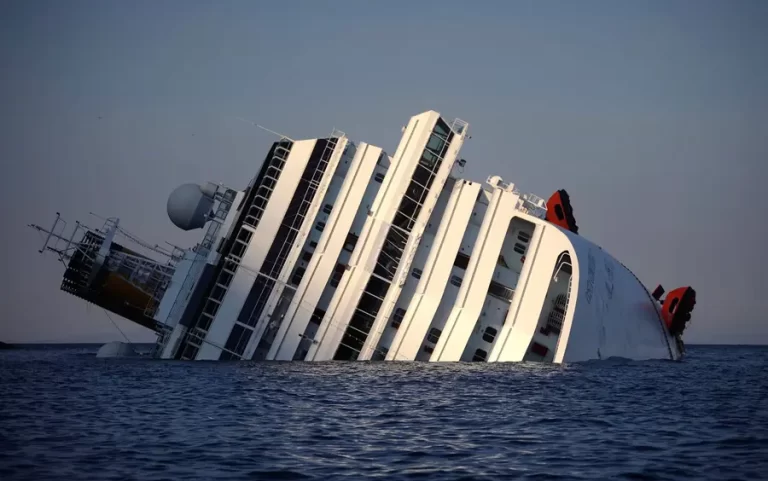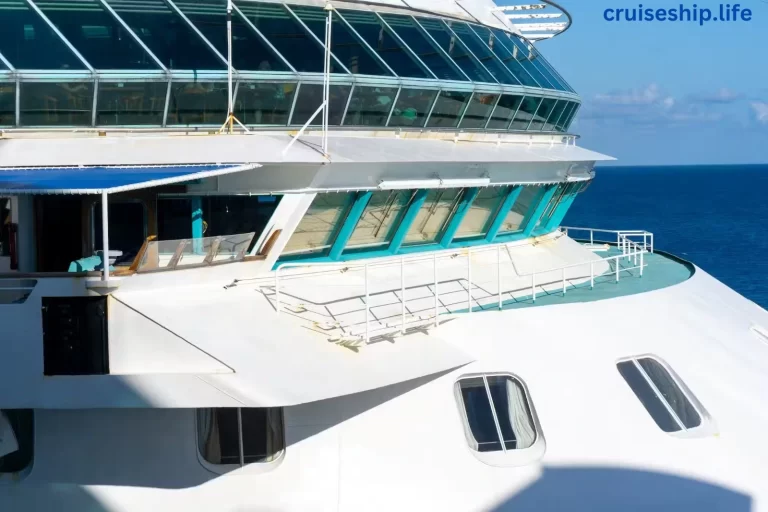The Tragic Incident of OceanGate’s Titan Submersible: A Catastrophic Implosion
Introduction
On June 26, 2023, a devastating event unfolded in the depths of the North Atlantic Ocean. The OceanGate Titan submersible, a cutting-edge deep-sea exploration vessel, suffered a catastrophic implosion during a mission to survey the legendary wreck of the Titanic. This tragic incident resulted in the loss of all five passengers on board, including OceanGate’s CEO, Stockton Rush1.
In this article, we delve into the details of this calamitous event, exploring what led to the implosion, the science behind it, and the aftermath.
The Catastrophic Implosion
Discovery of the Debris Field
US authorities revealed that a debris field located in the North Atlantic pointed to the submersible’s violent collapse inwards. The term “catastrophic implosion” aptly describes the sudden and forceful collapse of the sub’s hull, instantly extinguishing any hope for survival among its occupants1.
The Titanic Descent
The Titan submersible was on a daring descent to the Titanic wreck, approximately 3,800 meters (12,467 feet) below sea level. At this extreme depth, the water pressure is immense—more than 300 times that at the sea surface. The sub’s hull was designed to withstand such pressure, but something went terribly wrong1.
The Enormous Water Pressure
As the sub descended, the pressure outside its hull increased exponentially. The weight of the water above it was equivalent to that of the Eiffel Tower, tens of thousands of tonnes. If there were any flaws or weaknesses in the sub’s structure, the external pressure would have exploited them mercilessly.
The Collapse
When a submarine hull collapses, it moves inward at an astonishing speed—about 1,500 miles per hour (2,414 kilometers per hour). The entire process takes a mere one millisecond. To put this into perspective, human brains respond instinctively to stimuli at around 25 milliseconds. Rational responses occur at best around 150 milliseconds. In the case of the Titan sub, the air inside ignited upon collapse, resulting in an explosion. Human bodies were incinerated instantly, reduced to ash and dust1.
Investigating the Implosion
The Carbon Fiber Mid-Section
Experts will focus their investigation on the carbon fiber mid-section of the Titan sub. Unlike traditional deep-sea pressure vessels made of robust metals like titanium, the OceanGate submersible adopted a cylindrical shape with a carbon fiber tube inserted between titanium end caps. Carbon fiber, known for its strength (used in airplane wings and racing cars), was chosen to accommodate more passengers.
Unanswered Questions
Did the immense pressure at such depths expose flaws in the original fabrication? Did repeated dives introduce and worsen instabilities? These questions remain unanswered as investigators analyze the debris. The tragedy serves as a stark reminder of the risks inherent in exploring the ocean’s abyssal depths.
Conclusion
OceanGate has suspended its exploration and commercial operations following this heart-wrenching disaster. The Titan submersible, once a beacon of scientific curiosity, now rests at the bottom of the ocean, a silent testament to the perils faced by those who venture into the unknown2.
As we mourn the loss of lives, we also honor the courage of those who dared to explore the mysteries of the deep. The Titan sub implosion will forever be etched in maritime history—a somber reminder of the delicate balance between human curiosity and the unforgiving forces of nature.
Note: The information in this article is based on official reports and expert analysis. 🌊🚢







